Photo: Larry Marano/WireImage.com
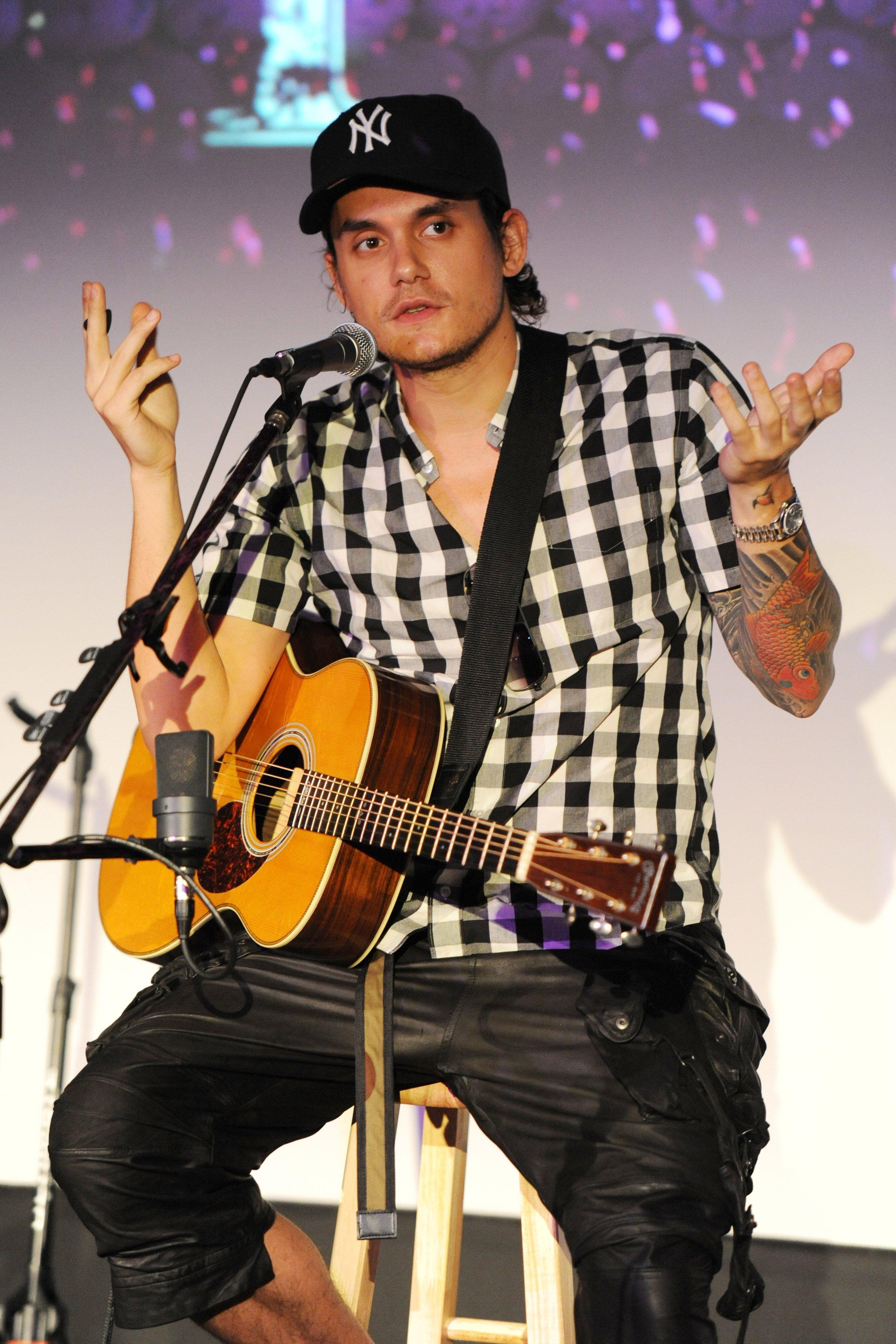
news
The Week In Music: No Such Tweets
John Mayer exits Twitter
There is no such thing as a verified John Mayer Twitter account following the GRAMMY winner's unceremonious exit from the social networking site on Sept. 13. What gives? According to a Rolling Stone report, Mayer ceased all Twitter activity due to a planned return to the studio. Maybe he found himself writing 140-character lyrics. Or perhaps Mayer's waiting on Twitter to change?
The judge panel for season 10 of "American Idol" is set to be announced next week. According to E! Online, Jennifer Lopez and Steven Tyler are locked in to join remaining original judge Randy Jackson, with Lopez reportedly securing a cool one-year, $12 million deal. As for Tyler and what his participation would mean for Aerosmith, guitarist Joe Perry doesn't seem enthused. "It's one step above [Teenage Mutant] Ninja Turtles," Perry recently told the Calgary Herald. "It's his business, but I don't want Aerosmith's name involved with it. We have nothing to do with it."
Kanye West will be featured all over the October issue of XXL, available on newsstands Sept. 28. West is not only featured on the cover, but he also served as the issue's creative director and penned the cover story. In addressing the drama with Taylor Swift at the 2009 MTV Video Music Awards, West said, "I stress that the incident wasn't about Taylor personally.... Where I messed up is, at the end of the day, it's your show, Taylor. It's your show, MTV…. In a way, I had thrown a Molotov cocktail at my own career, and it gave me an opportunity, for the first time, to go away and find out who I was." West and Swift did coexist peacefully at last Sunday's 2010 MTV VMAs. Unfortunately, they couldn't share an actual cocktail after the show since Swift doesn't turn 21 until December.
Little monsters taking fashion cues from Lady Gaga will soon be able to smell like her too. Gaga has partnered with perfume company Coty and will release her own line of fragrances in spring 2012. As to what it will actually smell like, it's anyone's g-g-g-guess. We're just hoping it doesn't give off an aroma reminiscent of the beef-like ensemble she wore this past weekend.
Could the days of physical band rehearsals be numbered? Fender introduced eJamming this past week, a new tool designed to allow musicians to jam together online, across states, countries and even oceans. Def Leppard guitarist Phil Collen auditioned the software recently and was impressed enough to decide to use it for shaping up intercontinental ideas for the next album for his trio side project, Man Raze. Note to the Gallagher brothers: eJamming could be the solution for a possible Oasis eReunion.
Classic rockers Buffalo Springfield will reunite for their first live concert in 42 years. Neil Young, Stephen Stills and Richie Furay will perform at Young's annual Bridge School Benefit Concert in Mountain View, Calif., in October, though without original bassist Bruce Palmer, who died in 2004, and first drummer, Dewey Martin, who died in 2009. The entire group did perform a private concert at Stills' home in 1986, and a subsequent tour was discussed, but Young ultimately declined. The group was inducted into the Rock and Roll Hall of Fame in 1997, though Young did not attend. Given this reunion performance is for a cause close to Young's heart, it likely bodes well for his attendance.
In more reunion news, Hootie's back. Well, sort of. Hootie & The Blowfish will be immortalized with a "large steel and black granite art piece" on Oct. 21 in their hometown of Columbia, S.C. Hootie will also be feted with a special press conference and the honorary naming of "Hootie Boulevard." The band has been on hiatus since 2005, but 2011 will mark the 25th anniversary since they formed. A reunion tour could be a monumental hoot.
Need a good music-related movie to curl up with this weekend? Gibson.com released a list of their top 10 rock and roll documentaries. Making the cut were Bob Dylan's Don't Look Back (1967), the Rolling Stones' Gimme Shelter (1970), the Beatles' Anthology (1995), and Classic Albums: The Making Of The Dark Side Of The Moon (2003). Those looking for something with a sense of adventure and a deeper plot might want to try The Decline Of Western Civilization Part II: The Metal Years (1988). Chronicling the '80s rock scene, the documentary features interviews with legends such as Alice Cooper, Motörhead's Lemmy Kilmister, a robe-wearing, breakfast-making Ozzy Osbourne, and Gene Simmons, who conducted his interview outside of a lingerie store. Rated R for rock.
Katy Perry's "Teenage Dream," holds the No. 1 spot on both the Billboard Hot 100 and iTunes singles chart.
Any news we've missed? Comment below.
For the latest GRAMMY news, visit us on Facebook, Twitter and YouTube.

Photo: Kevin C. Cox/Getty Images
news
2024 Paris Olympics Opening Ceremony: Watch Celine Dion, Lady Gaga, Gojira & More Perform
The Olympic Games have long featured iconic musical performances – and this year is no different. Check out the performers who took the stage in the City of Light during the 2024 Olympics Opening Ceremony in Paris.
The 2024 Paris Olympics came to life today as the Parade of Nations glided along the Seine River for the opening ceremony. The opening spectacular featured musical performances from Lady Gaga, Celine Dion, and more. Earlier in the week, some of music’s biggest names were also spotted in the city for the Olympics, including Olympics special correspondent Snoop Dogg, BTS' Jin, Pharrell Williams, Tyla, Rosalía, and Ariana Grande.
Read More: When The GRAMMYs & Olympics Align: 7 Times Music's Biggest Night Met Global Sports Glory
Below, see a full breakdown of some of the special musical moments from the 2024 Paris Olympics opening ceremony.
Lady Gaga
In a grand entrance, Lady Gaga emerged behind a heart-shaped plume of feathers on the golden steps of Square Barye, captivating the audience with her cover of the French classic "Mon truc en plumes." Accompanied by cabaret-style background dancers, she flawlessly belted out the song, executed impressive choreography, and even played the piano.
Lady Gaga’s connection to the song is notable, as Zizi Jeanmarie, the original artist, starred in Cole Porter’s musical "Anything Goes," which was Lady Gaga’s debut jazz release.
"Although I am not a French artist, I have always felt a very special connection with French people and singing French music — I wanted nothing more than to create a performance that would warm the heart of France, celebrate French art and music, and on such a momentous occasion remind everyone of one of the most magical cities on earth — Paris," Lady Gaga shared on Instagram.
Celine Dion
Closing out the ceremony with her first performance in four years since being diagnosed with stiff-person syndrome, Celine Dion delivered a stunning rendition of Edith Piaf’s everlasting classic, "L’Hymne à l’amour" from the Eiffel Tower. Her impressive vocals made it seem as though she had never left.
This performance marked Dion’s return to the Olympic stage; she previously performed "The Power of the Dream" with the Atlanta Symphony Orchestra and composer David Foster for the 1996 Olympics.
Axelle Saint-Cirel
Performing the National Anthem is no small feat, yet French mezzo-soprano Axelle Saint-Cirel knocked it out of the park.
Dressed in a French-flag-inspired Dior gown, she delivered a stunning rendition of "La Marseillaise" from the roof of the Grand Palais, infusing the patriotic anthem with her own contemporary twist.
With the stirring lyrics, "To arms, citizens! Form your battalions. Let’s march, let’s march," Saint-Cirel brought the spirit of patriotism resonated powerfully throughout the city.
Gojira
Making history as the first metal band to perform at the Olympics Opening Ceremony is just one way Gojira made their mark at the event.
The French band took the stage at the Conciergerie, a historic site that once housed French kings during medieval times and later became a prison during the French Revolution, famously detaining Marie Antoinette – Creating a monumental moment as the first metal band to perform at the ceremony, but also stirring the pot as they used the chance to nod toward politics.
Performing a revamped version of "Ah! Ça Ira," an anthem that grew popular during the French Revolution, the artists aren’t new to using their songs as a vehicle for political messages. The GRAMMY-nominated group are outspoken about issues concerning the environment, particularly with their song, "Amazonia," which called out the climate crisis in the Amazon Rainforest. Using music to spread awareness about political issues is about as metal as it gets.
Aya Nakamura
Currently France’s most-streamed musician, Aya Nakamura went for gold in a striking metallic outfit as she took the stage alongside members of the French Republican Guard. As there were showstopping, blazing fireworks going off behind her, she performed two of her own hit songs, "Pookie" and "Djadja," then followed with renditions of Charles Aznavour’s "For Me Formidable" and "La Bohème."
Although there was backlash regarding Nakamura’s suitability for performing at the ceremony, French President Emmanuel Macron dismissed the criticism. "She speaks to a good number of our fellow citizens and I think she is absolutely in her rightful place in an opening or closing ceremony," Macron told the Guardian.
Latest News & Exclusive Videos

2024 Paris Olympics Opening Ceremony: Watch Celine Dion, Lady Gaga, Gojira & More Perform

Ice Spice Is The Drill Queen On 'Y2K!': 5 Takeaways From Her Debut Album

New Music Friday: Listen To New Songs From Halsey, MGK And Jelly Roll, XG & More

Watch Young MC Win Best Rap Performance In 1990

The Red Clay Strays Offer A New Kind Of Religion With 'Made By These Moments'
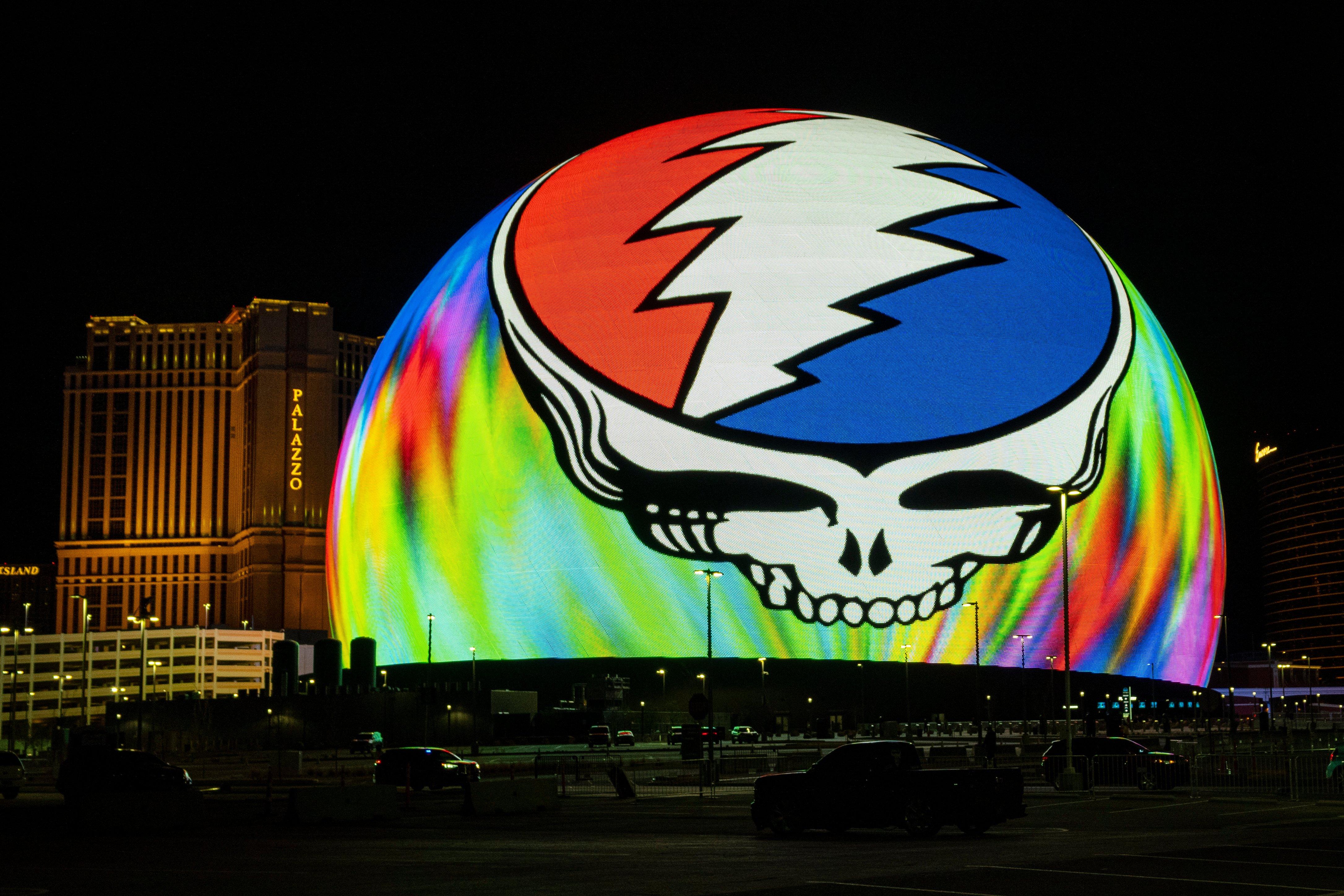
Photo: Kevin Carter
list
Why Dead & Company's Sphere Residency Is The Ultimate Trip
The 30-date Las Vegas residency is an unprecedented look at Dead & Co's live artistry. With stunning visuals and immersive technology, the Dead Forever residency takes attendees on an unpredictable, eye-popping vortex journey.
The scene on Saturday, July 13, was one mostly familiar to Dead & Company fans: Usual suspects Jeff Chimenti on keys, Oteil Burbridge on bass, Mickey Hart on drums, and John Mayer on guitar, a Silver Sky in hand. Grateful Dead co-founder Bob Weir dutifully approached the microphone to deliver one of the Dead’s best-known opening lyrics: "You tell me this town ain’t got no heart."
Throughout the evening, appreciative cheers and whistles sounded at the first notes of a classic, like this one, intermingling with the hints of marijuana in the air. The crowd of thousands, who’d traveled from both near and far for the occasion, swayed to the music. Largely clad in the tie-dye t-shirts customary to the Dead fandom, they comprised a vivid sea of color, visible even in the venue’s dimmest lighting.
Bathed in the glow of a key anomaly — a 160,000-square-foot curved LED canvas — a Deadhead sitting in the row ahead of me turns around and asks if I’m enjoying the show (I am). When I return the question, he is emphatic, his response succinct: "it’s transformative."
He’s not wrong in that the audiovisual spectacle — which wrapped its eighth of 10 weeks this past weekend — metamorphoses Dead & Company’s concert format. Since it debuted in May, the now 30-date Las Vegas residency, dubbed Dead Forever, has attracted old-school and new-generation Deadheads, as well as curious first-timers. From one-of-a-kind production tools, like its 16K LED display (the highest-resolution display in the world, per developers) and stereographic projection, Sphere has empowered Dead & Company to carry forth the legacy of one of the most fervently-loved bands in American music history, with unprecedented storytelling capacities and complete creative control.
Read on for four reasons why Dead & Company’s residency at Las Vegas’ most-talked-about venue is the rock outfit like they’ve never been seen before.
The Meeting Of Music & Visuals Allows For True Narration
For the nearly four hours that Dead & Company play each Thursday, Friday, and Saturday of a residency week, the domed venue adjacent to the Venetian transforms from Sphere to spaceship. Narratively, the show is stylized as a long, strange trip through space that issues nods to the Grateful Dead’s history.
It’s only fitting that this story begins in San Francisco, where the Dead’s townhouse in the heart of the Haight-Ashbury district becomes the focal point of the audiovisual journey’s intro. The 360-degree view of the Dead’s residence and the larger row of townhouses to which it belongs pans to a drone shot of the Bay Area at golden hour and soon thereafter, outer space.
Visually, attendees travel through time and space in an unpredictable, eye-popping vortex of fantasticality (and sometimes, reality). Take, for example, the segment that recreates the Dead’s performance at the Great Pyramid in Giza, Egypt. The scene is punctuated by black bats that flap swiftly through the desert landscape — a detail that comes as a surprise to those in the audience, and one ultimately added based on Weir’s recollection of this very phenomenon during the 1978 event, Mayer tells GQ.
Before Dead & Company bring Dead Forever full-circle by returning to 710 Ashbury Street at the show’s close, the show winds through a colorful, circuitous run of visuals: the Dead’s iconic technicolor dancing bears, Cornell University’s Barton Hall, and a wall made entirely of digital reproductions of Dead event posters and hard tickets. The show’s depth of reference is plunging, and Sphere’s technology allows the story to play like an abstract movie that blurs timelines, affording Dead & Company an unusual and nonpareil opportunity to leverage live storytelling in a way they’ve never before been able to.
While Dead Forever is accessible purely as a visual marvel, for the initiated, it is rife with Easter eggs. Its historical allusions are familiar touch points for the Deadheads who hopped on the metaphorical bandwagon back when Jerry Garcia was at its helm. Although some of its segments will evade those less fluent in the Dead’s storied past, they can nevertheless serve as educational gateways to it (and to greater, deeper fandom) for those who leave the show wanting to learn more.
Read more: A Beginner’s Guide To The Grateful Dead: 5 Ways To Get Into The Legendary Jam Band
In A Way, Everything Is New
Whether one has seen Dead & Company once, five times, 20 times, or never before matters not, for Dead Forever is a brand-new show. Familiarity with the Grateful Dead’s legacy and its contemporary offshoot's genesis certainly enriches the overall experience, but it’s not a requisite to enjoy the show, making the residency a particularly good entry point for the Dead & Company-curious who may have missed them on The Final Tour in 2023.
Dead Forever levels the playing field for attendees in that, apart from the songs on the setlist, the residency represents net-new material. The marriage of music and visuals makes each of the 18 tunes new from the standpoint of an audiovisual experience, and the novelty of Dead Forever deepens for even the most experienced Deadhead.
"When I was growing up, ‘Drums’ was always my bathroom song, but now you don’t want to miss it," an attendee tells GRAMMY.com at the end of the first set (Dead & Company play one six- or seven-song set and take a 30-minute intermission before beginning the evening’s second and final set).
A customary part of the Dead’s sets, "Drums/Space" is an extended percussion segment that takes on new life in Dead Forever. Led by Mickey Hart, the set two standout is where sound evolves into physical feeling. As this portion of the show starts, the curved LED canvas swirls with images of different drums that move wildly as Hart and Jay Lane (who stands in for Grateful Dead co-founding member, Bill Kreutzmann) diligently drum, steadily increasing the pace and intensity with which they do so. The instruments that grace Sphere’s screen are Hart’s own, the drummer tells Variety. Following 3D-photographing that enables them to be displayed in this fashion, an ensemble of at least 10 different drums joins the visual jamboree.
The cinematic, multisensory nature of this segment grows increasingly climactic, with the percussion becoming so thunderous it becomes physical. No surprise, considering Sphere’s immersive, crystal-clear sound system, or the fact that 10,000 of the venue’s 17,385 seats are haptic seats that can vibrate in time with the mounting percussion. This technology transforms "Drums/Space" and allows a customary piece of the Dead’s traditional sets to be heard, seen, and felt anew.
The Environment Is Unusually Immersive —And Intimate
Upon mention of Sphere’s size — the globe measures 875,000 square feet and can accommodate up to 20,000 people — "intimate" is not the first word to come to mind. Still, the venue felt remarkably intimate during Dead & Company’s final performance of July.
This was owed in equal parts to its self-contained design and its immersive visual environment, in which Sphere’s LED screen wraps over and behind the audience. However uncannily, the latter contributes to a sense of closeness, creating the illusion that Sphere, its visual displays, and its audience are situated much more closely than they actually are.
Its 580,000-square-feet of LEDs, coupled with its 360-degree shape and structure, render Sphere the most immersive live music venue in the world. To that end, it’s not hyperbolic or unreasonable to call Dead Forever Dead & Company’s most immersive live venture yet.
Of course, the Dead Forever narrative — a trip through space undertaken together, as one community — only adds to the show’s combined sense of intimacy and immersion.
No Show Is The Same
It’s not out of character for Dead & Company to play no repeats across consecutive evenings (as they did at San Francisco’s Oracle Park, where they laid their touring career to rest last July), and Dead Forever is no exception. Apart from "Drums/Space" — the sole item on the setlist that recurs each night — the 17 other songs that the band will play and their visual accompaniments are left to Dead & Company’s whim.
"What’s become really interesting — and I would say it’s a challenge, but it’s a really fun one — is that not only do you have to make the songs work in some kind of a flow for the setlist, but every piece of content has maybe eight or 10 songs that can go with it," Mayer told Variety.
No show is the same, yielding similar but unique viewing experiences across a given residency weekend and, more broadly, the portfolio of Dead Forever shows performed to date. This aspect has enticed avid fans to return not once, not twice, but three times in a given weekend, to see a fuller scope of what Dead Forever has to offer across its many possible variations.
With the residency’s July run now in the rearview, Dead & Company will take a brief break before returning to Sphere Aug. 1-3 and 8-10 for the final Dead Forever trips — for now.
Explore The World Of Rock
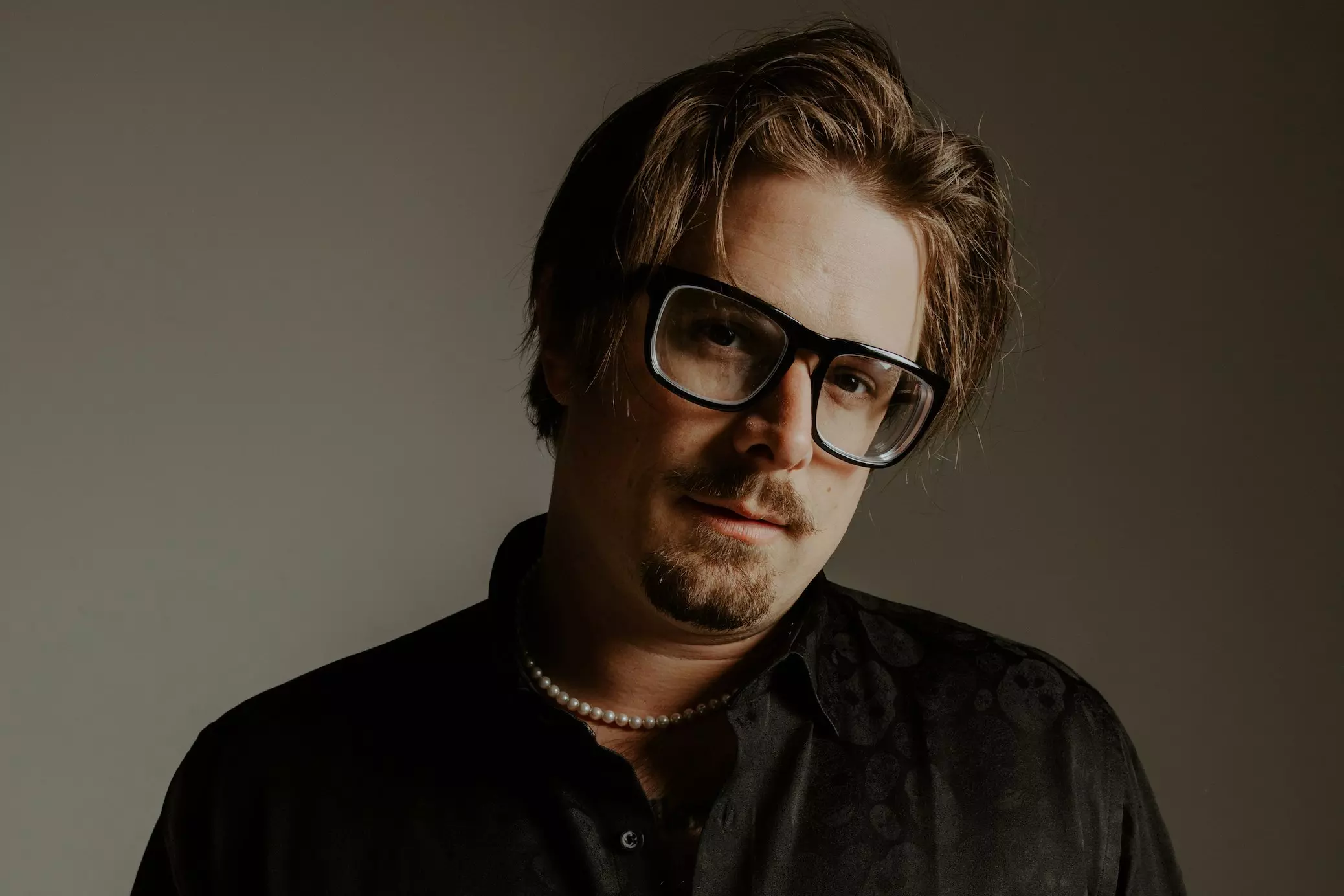
HARDY On New Album 'Quit!!' & How "Trying To Push My Own Boundaries" Has Paid Off
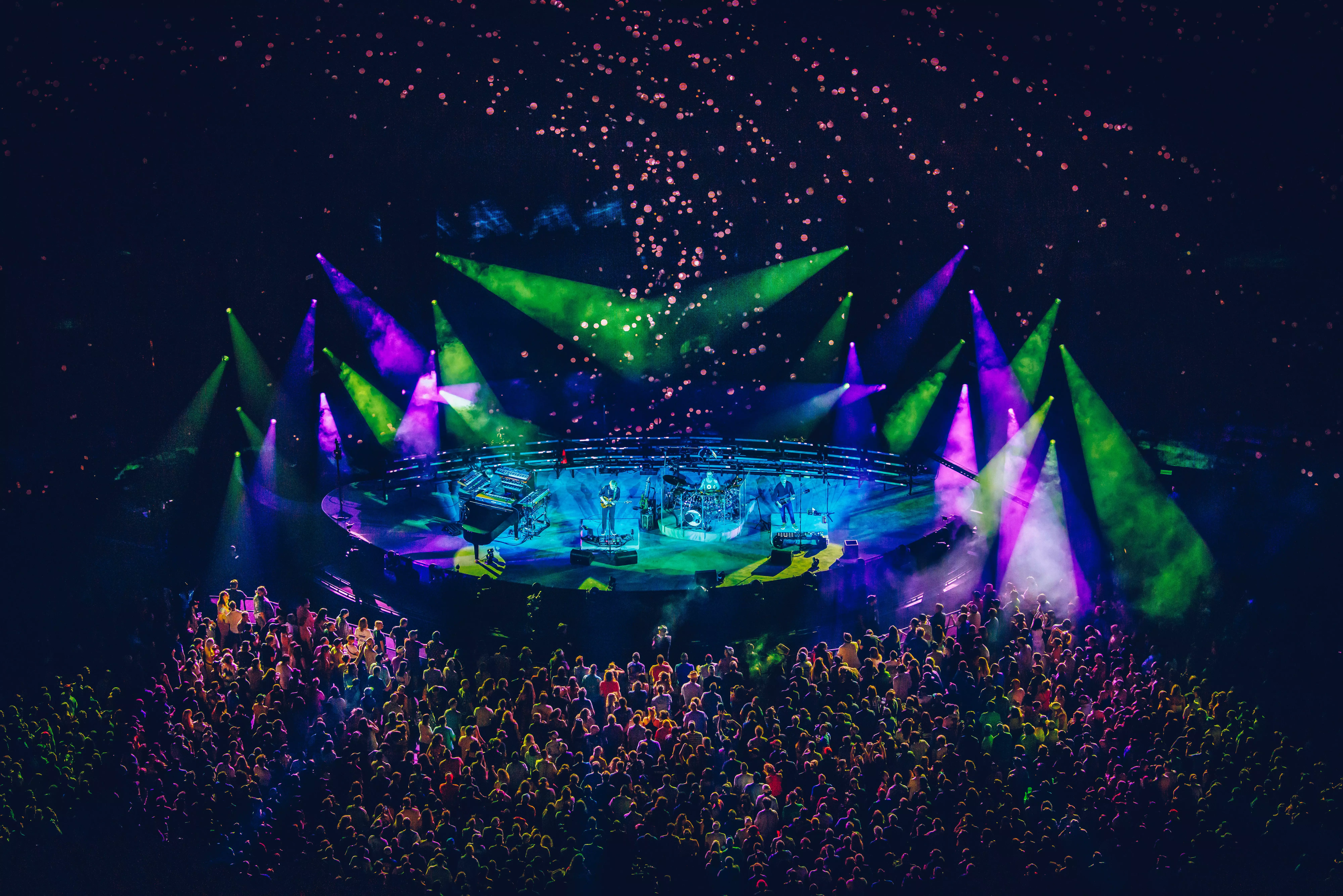
A Beginner’s Guide To Phish: 8 Ways To Get Into The Popular Jam Band
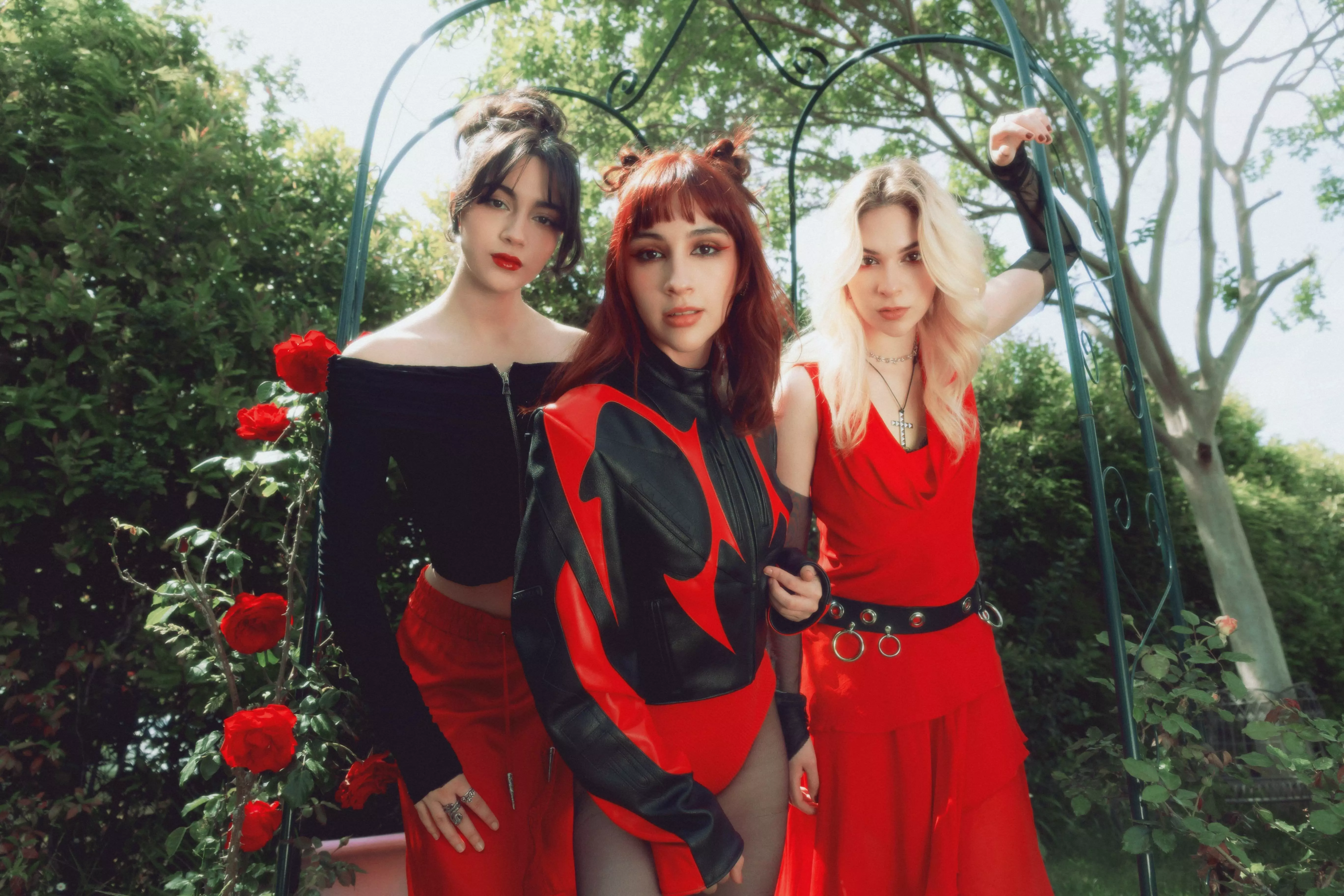
Mexican Rockers The Warning On 'Keep Me Fed' & "The Possibility That We Could Literally Do Everything"

Watch Red Hot Chili Peppers Win Best Rock Album
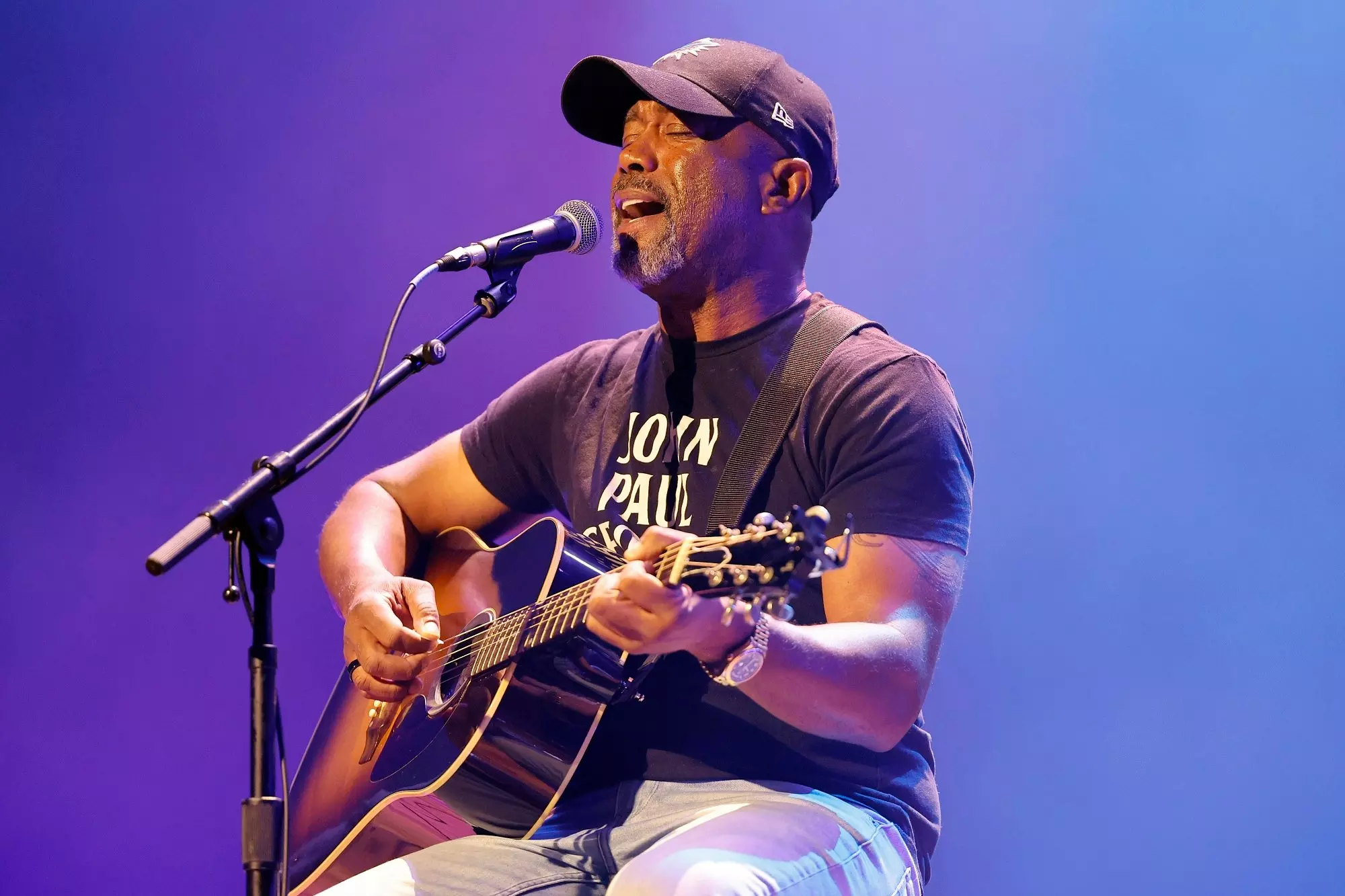
Darius Rucker Shares Stories Behind 'Cracked Rear View' Hits & Why He's Still Reveling In "A Dream Come True"
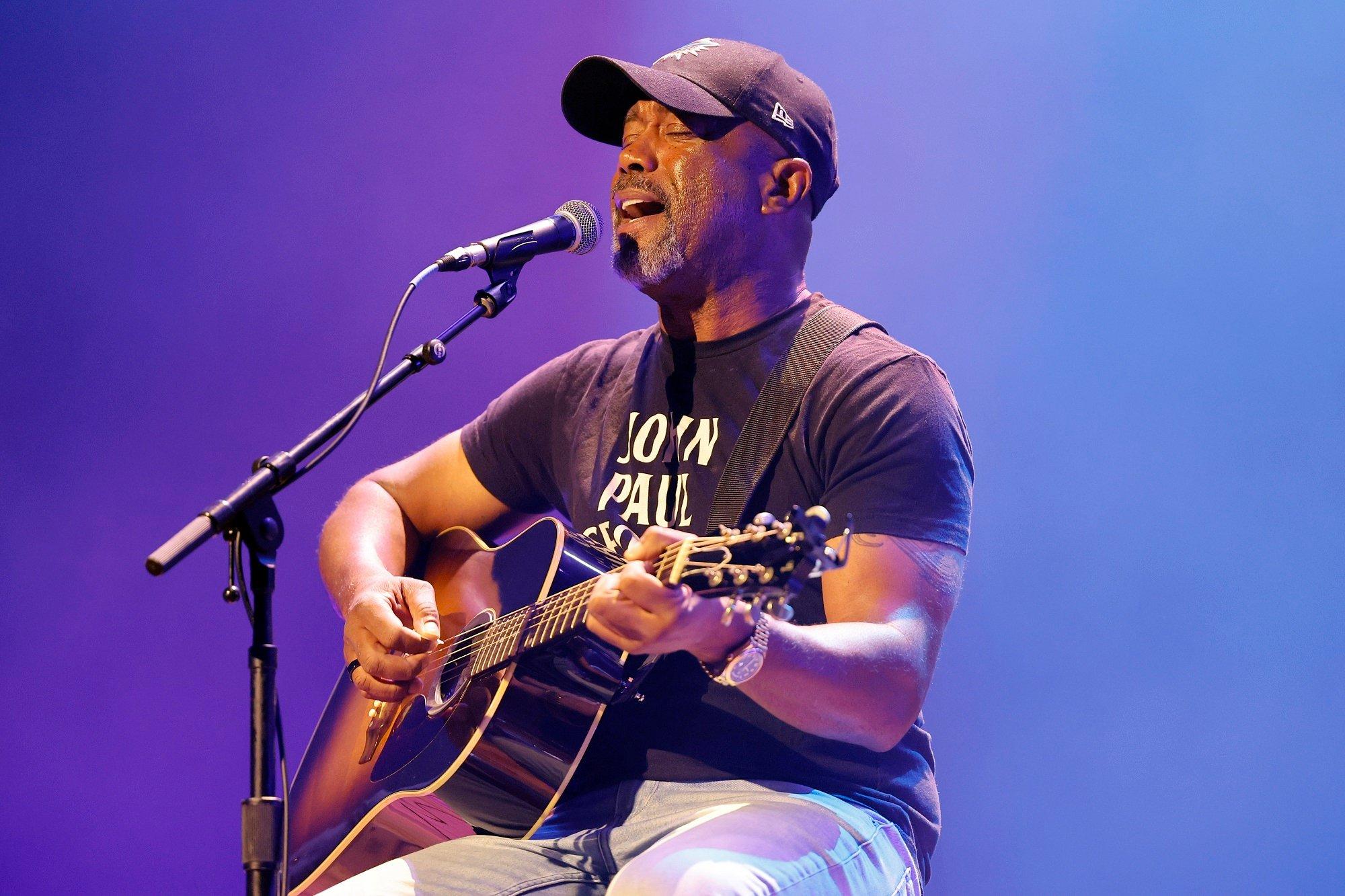
Photo: Jason Kempin/Getty Images
interview
Darius Rucker Shares Stories Behind 'Cracked Rear View' Hits & Why He's Still Reveling In "A Dream Come True"
Thirty years after Hootie & the Blowfish's seminal debut — and nearly 20 since he forayed into country music — Darius Rucker looks back on some of his fondest memories that he further explores in a new memoir, 'Life's Too Short.'
July 5, 1994 was the day Darius Rucker's life forever changed.
That was when his band, Hootie and the Blowfish, released their seminal debut, Cracked Rear View. Within a matter of months, the album went on to launch his band into the mainstream stratosphere. By mid-1995, Cracked Rear View topped the Billboard 200 — where it stayed for eight weeks — and by February 1996, the band went two-for-two at the 38th GRAMMY Awards, where they were awarded Best New Artist. Three decades on, Cracked Rear View remains one of the best-selling albums in U.S. history.
For Rucker, who has also enjoyed a successful run as a solo country act since 2008, it's all part of a triumphant journey that he recalls in his new memoir, Life's Too Short. A candid retelling of his eventful life, the book recounts the high-highs of musical dreams gloriously come true and the love of his family — including his late mother Carolyn, a frequent inspiration, particularly on his latest set, 2023's Carolyn's Boy. Rucker is also frank about his run-ins with the struggles of his massive success, including the scourge of racism he encountered along the way.
In celebration of Cracked Rear View's big anniversary and the recent release of Life's Too Short, Rucker spoke to GRAMMY.com about his band's biggest hits and career-making success, as well as the moments he knew Hootie, and his country venture, were about to be big.
How would you say Hootie's sound came about? Was it a natural evolution, or did you have a very clear sound in your head?
It was definitely natural. It all started with Mark and I in the USC dorms, realizing how much of the same music we knew and [were] jamming together — R.E.M., the Eagles, the Beatles, Simon & Garfunkel, Hank Williams, Jr. and KISS. We both grew up on a huge variety of music, and all of those influences shaped our own songs once we started performing and writing together.
There was a brief moment where we tried to do some heavier stuff as grunge was getting popular, but that wasn't us. Hootie was always going to sound like Hootie.
Congratulations on the the 30th anniversary of 'Cracked Rear View.' When you think about that time in your life and the album, I'm sure the memories just come flooding right back?
Oh, so many. You know, we'd been writing songs for so long and playing them at our live shows, doing everything independently and having pretty good success with it. But making this one was different, because we had a real record deal finally, after so many "almost" deals falling apart, and we went out to a studio in L.A. to record the album. We had Don Gehman there producing, and I just remember feeling so much joy being in that room making music together.
Does any one story stand out?
One of my favorites, and I talk about this in the book, is David Crosby coming to sing harmonies on "Hold My Hand." We were trying to figure out who would do it, and our friend Gena Rankin threw out David's name. She said it so casually, we all thought she was messing with us. There was no way a legend like him was going to come be part of this project! Sure enough, two days later he walked into the studio [to record it]. I still can't believe that happened.
Looking back, the album launched a variety of iconic singles. For example, I know "Hold My Hand" is a special one for you.
Jim "Soni" Sonefeld actually brought "Hold My Hand" to us when we were holding auditions for a drummer. He finished playing and told us he heard we were starting to write original music, so he popped a cassette in with this song on it. We obviously canceled the rest of the auditions.
What about a song like "Let Her Cry"?
I was sitting at a bar in Columbia [South Carolina] when I heard The Black Crowes sing "She Talks to Angels" for the first time. I was transfixed. I made them play it again and again until they wouldn't anymore, and then I went to every bar on the street and made them all play it.
When I finally went home, I tried to shake the song off by listening to something else great, so I put on Bonnie Raitt's Home Plate CD, and eventually decided I was going to write my own "She Talks to Angels," for Bonnie Raitt. The next morning I told Dean [Felber, the band's bassist], who I was living with at the time, that I had drunkenly recorded a song on our little four-track last night and we should listen to it because it was probably pretty funny. It wasn't funny, but it was pretty good.
"Only Wanna Be With You" was another one of the album's many hits. Where did that song come from? I'm especially wondering about one line in there: "I'm such a baby 'cause the Dolphins make me cry."
Anyone who knows my story knows that my mom, Carolyn, had a huge impact on my life and still does to this day, even though we lost her a long time ago. But she also had a specific impact on this song.
I had started writing it, with the chorus and some pretty good lyrics down, but I wanted to add more personal details and couldn't really get it right. I had taken a break from writing to watch the Dolphins game, and as they were about to lose once again after blowing a lead, my mom called. She heard me sniffling, and even though I blamed allergies, she immediately knew it was because of the game. "Unbelievable. Are those Dolphins making you cry again?!" The rest is history.
When did you realize 'Cracked Rear View' was something special?
Our fourth single "Time" really pushed us over the edge in dominating radio airwaves in a way that was hard to wrap our heads around, and really still is. I remember being in a car one time, and "Hold My Hand" was playing as soon as we turned on the radio, which was funny — but honestly, pretty expected at that point. We hit seek through the next few stations and — you can't make this up — "Only Wanna Be With You," "Let Her Cry" and, yep, "Time." Four stations, four Hootie songs. It was wild.
How did your life change?
Oh, it was a rocket ship. I always tell this story, but David Letterman heard our song on a Tuesday, put us on his show on a Friday, and by Monday, we were the biggest band in the world. It happened that quickly, and the opportunities that came from that changed our lives.
Aside from the big hits, were there any songs on the album that particularly meant something to you?
"Drowning" was an important song for me because I wrote it during the early days when we first started transitioning from covers to our own music, and I wanted to get deeply personal in what I put in songs. I put the hurt I felt from all of the racism surrounding us in that song. The lyrics literally ask, "Why is there a rebel flag hanging from the statehouse walls?"
The band supported me with that song, just like they did at shows where people casually threw the N-word at the stage. Like it has been my whole life, music was my outlet for dealing with that hurt. And I resolved that such ignorance would never stop me.
From 'Cracked Rear View' to 'Carolyn's Boy,' your songwriting as a whole has gotten much more personal. Why has that changed?
I actually think Cracked Rear View was pretty personal. The example of "Drowning" I mentioned earlier kind of shows that. But the vibe of Hootie was so happy-go-lucky that sometimes the deeper meaning of the lyrics got missed.
Country music is all about the lyrics and the storytelling, though, so I think that shows through in my newer music in a more prominent way. And with Carolyn's Boy specifically, I experienced a lot of life during the time we were writing that album. From the pandemic, to relationships, to my kids getting older and leaving the house, there was a lot of life to process and I put all of that into song.
Lightning struck twice when you branched out as a solo act and embarked into country music. When did you realize you made the correct gamble?
It was on Oct. 3, 2008. I had always wanted to make a country record, just because I love country music. When I came to Nashville, I wasn't hoping for immediate success, number one songs or platinum albums. I was just hopeful someone would give me a chance to make a record, and then maybe a chance to make another one.
But on that day in 2008, [my] debut single "Don't Think I Don't Think About It" hit the top of the charts at country radio. It was humbling, and it reaffirmed my belief in myself and my music. No matter what any of the doubters had to say about a Black man in country music, the Hootie singer in country music. The genre embraced [me], and it is still a dream come true almost 20 years later.
What was it like revisiting all of the old memories you delve into in 'Life's Too Short?'
It was therapy in a lot of ways. There are some parts, like about my dad, or my brother, that I didn't expect to talk so much about. But as you start revisiting the different chapters of your life, a lot comes to the surface that you might not have planned on, and you really start to process it, sometimes for the first time.
And then when we got into recording the audio book, reading it back added a whole other layer of emotion to the story. There were parts where I got choked up, and they kept that in the recording, which I think is really powerful — because it shows how much these stories mean to me.
Incubus On Revisiting 'Morning View' & Finding Rejuvenation By Looking To The Past
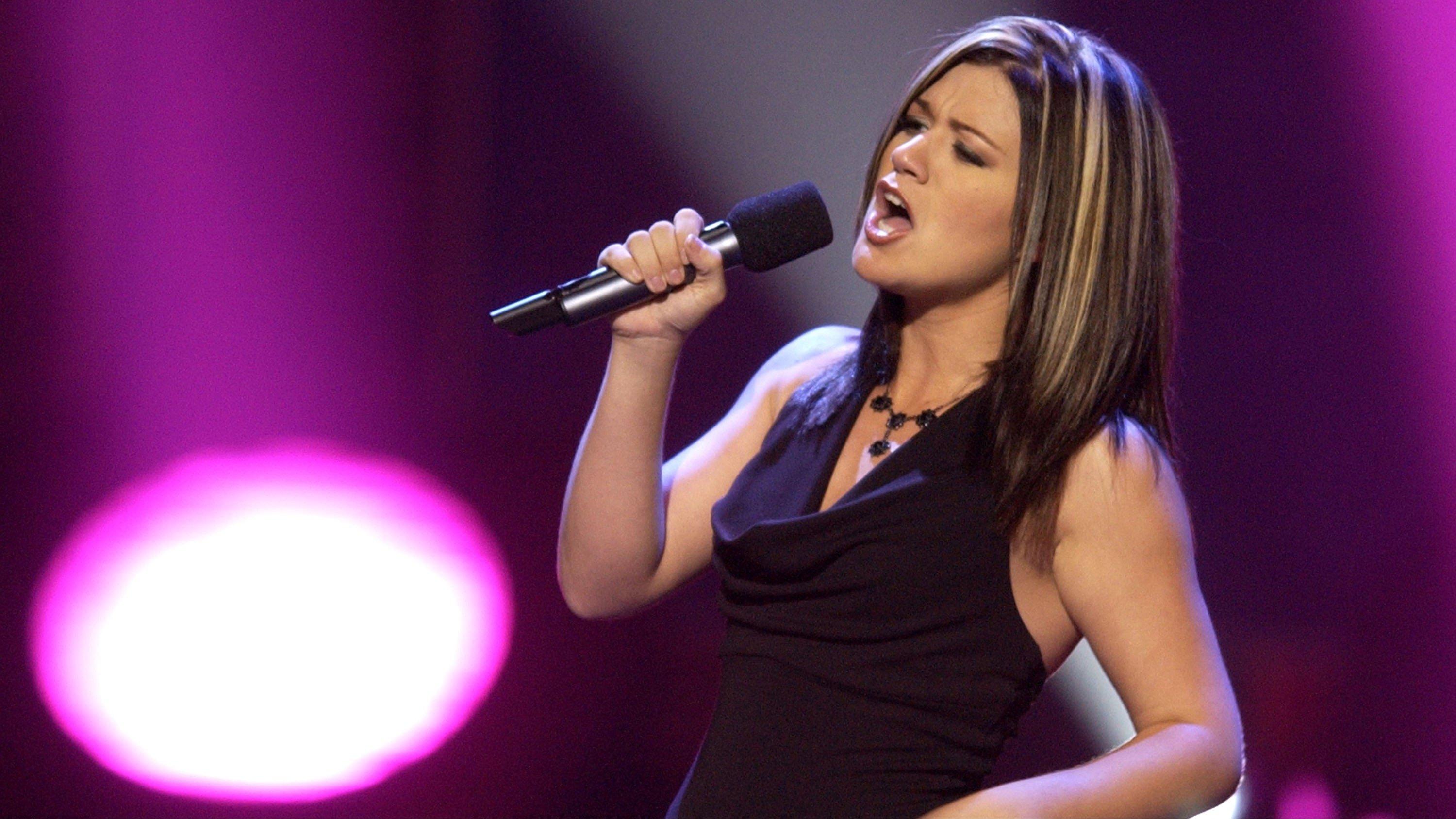
Photo: Steve Granitz / GettyImages
news
On This Day In Music: "American Idol" Premieres On Fox Network
For decades, "American Idol" has been instrumental in discovering some of music’s biggest names and pioneering the reality TV contest genre. As the show enters its 22nd run, here’s a look at how it has become an iconic household staple across the country.
For countless Americans, "American Idol" is intertwined with core memories as a show that had families eagerly glued to their TVs twice a week. It brought generations together, creating moments of both suspense and excitement that are still remembered today, as the show continues to run in its 22nd season.
Created by visionary entrepreneur Simon Fuller, "American Idol" premiered on June 11, 2002, as a fresh spin-off of the British program "Pop Idol." It revolutionized how Americans engaged with reality TV through its interactive, viewer-driven voting system, which encouraged audience participation in the success of their favorite contestants. The show also offered viewers a glimpse into contestants' candid backstories and personal journeys, anchoring emotional investment and skyrocketing the show's popularity.
The show's debut season featured a dynamic trio of judges: singer Paula Abdul, TV personality Simon Cowell, and producer Randy Jackson. Their contrasting personalities brewed a chemistry as captivating as the hopeful performances. Abdul’s warmth, Cowell's blunt wit, and Jackson’s humor added extra layers of entertainment, making the twice a week broadcasts a must-watch.
The first season of "American Idol" also unforgettably introduced the country to Kelly Clarkson. Since her debut — with a heart-tugging backstory about being the average girl-next-door with big dreams — Clarkson has gone on to tour the world, host her own TV talk show, and secured her spot as one of music’s most beloved talents.
"I had dreams since I was a little girl that I wanted to be on the GRAMMYs, or some award show and sing on there," Clarkson mentioned in her pre-audition interview. Flash forward 22 years, the pop singer has accumulated 17 GRAMMY nominations and three wins, propelled by a powerful vocal gift.
Other artists who launched their careers from the show's platform include Jordin Sparks, Carrie Underwood, Adam Lambert, and Jennifer Hudson, who each serve as testament to the show’s impact in music.
"American Idol" has not only opened our eyes to some of our favorite musicians, but it also has given us some of our favorite pop culture moments.
A video that frequently resurfaces on social media captures a memorable moment between Katy Perry and contestant Noah Davis, where they bond over the slang term 'wig'.
"No, it’s not your language. It’s just for us," Perry joked to her fellow judges, Lionel Richie and Luke Bryan, when they questioned the term’s meaning.
After two decades on air, "American Idol" has etched a lasting legacy in pop culture. It has paved the way for other reality TV music shows and created lasting memories for music fans along the way.
“The show transcends age, gender, ethnicity, everything,” Underwood told Billboard in 2005.
Explore More History-Making Moments In Music

On This Day In Music: Spice Girls Release "Wannabe," Their Iconic Debut Single

On This Day In Music: Michael Jackson Passes Away In Los Angeles At Age 50
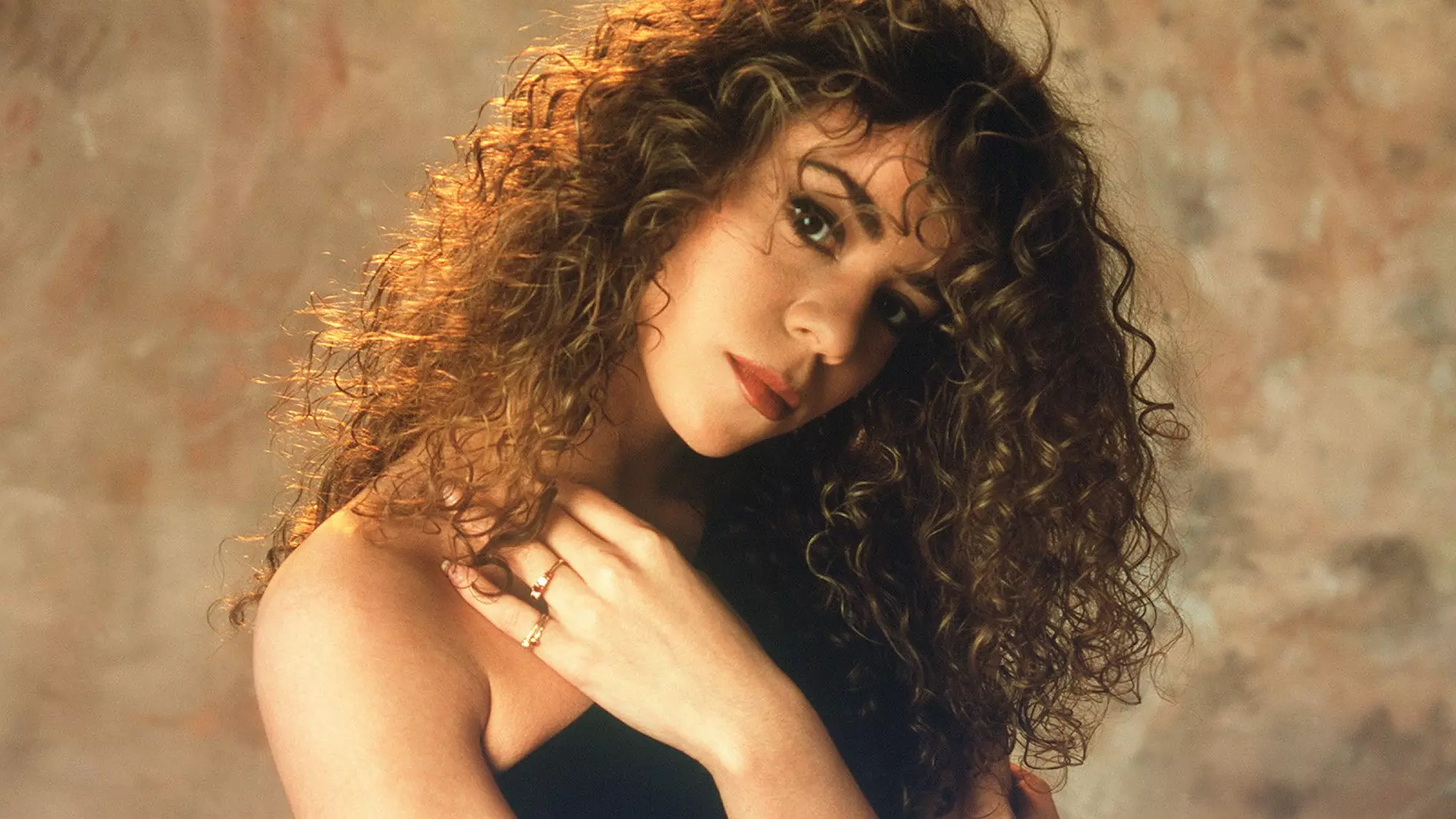
On This Day In Music: Mariah Carey Releases Her Self-Titled Debut Album
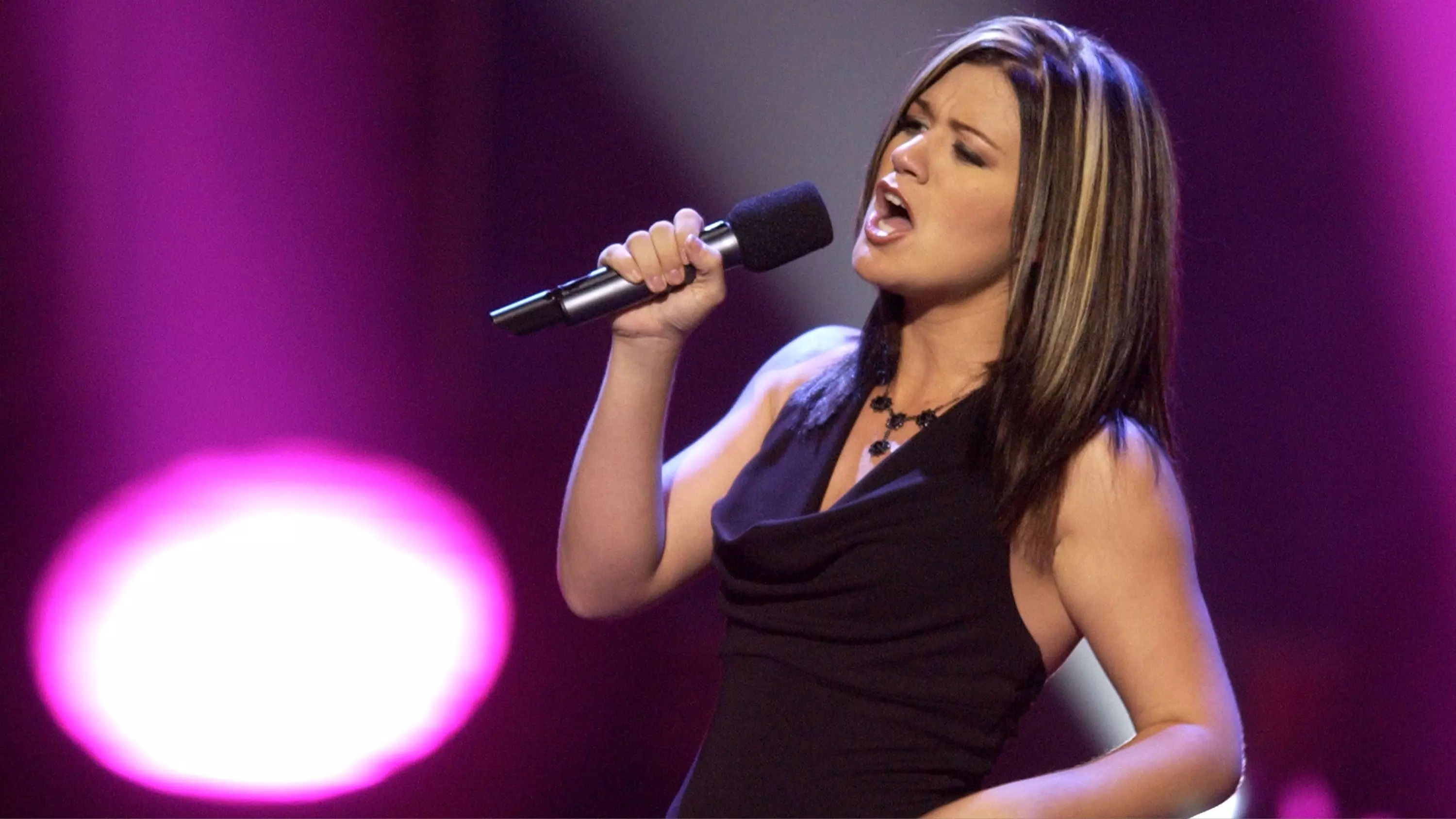
On This Day In Music: "American Idol" Premieres On Fox Network
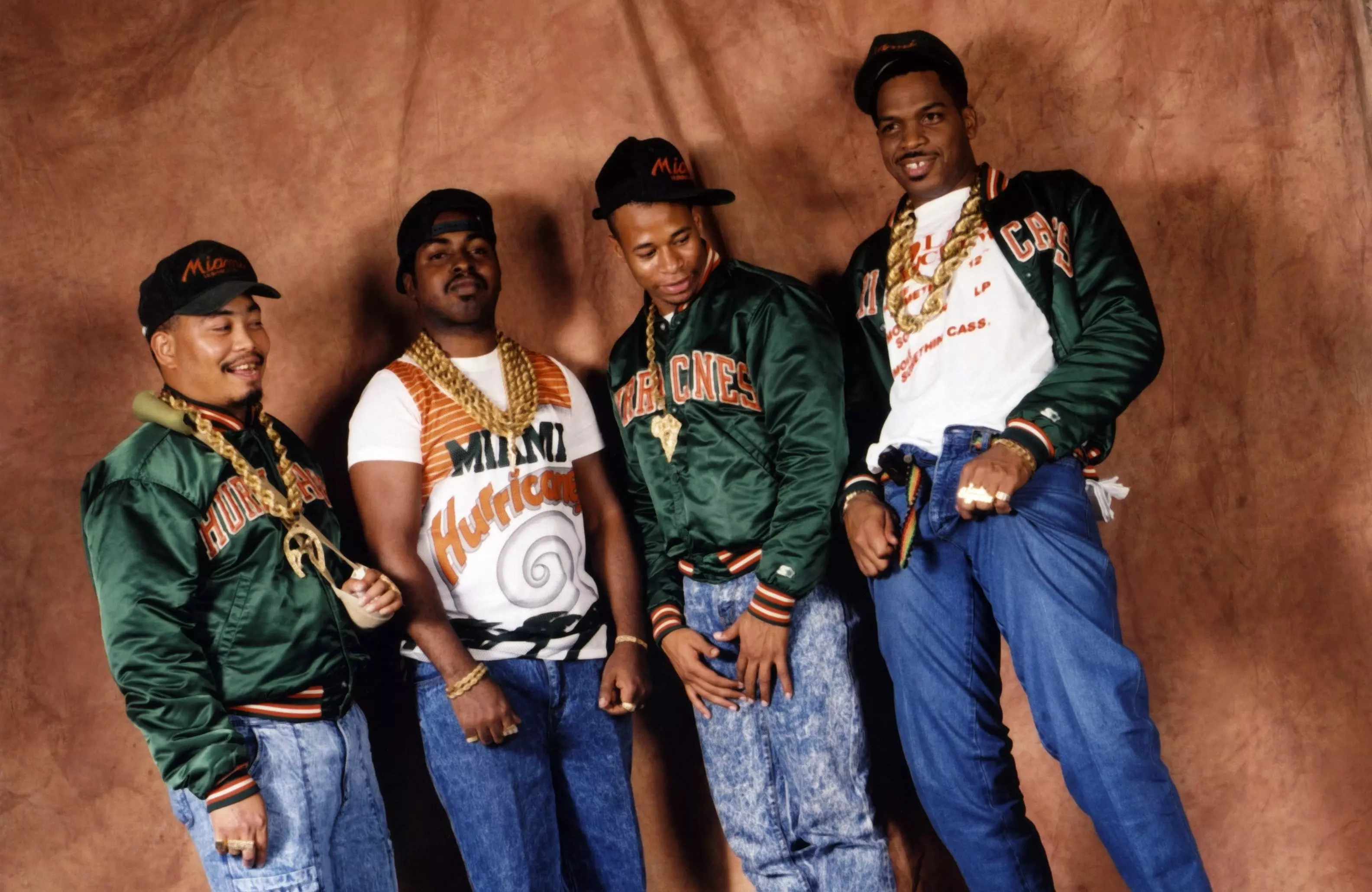
On This Day In Music: 2 Live Crew's 'As Nasty As They Wanna Be' Becomes First Album Declared Legally Obscene, Anticipates First Amendment Cases
